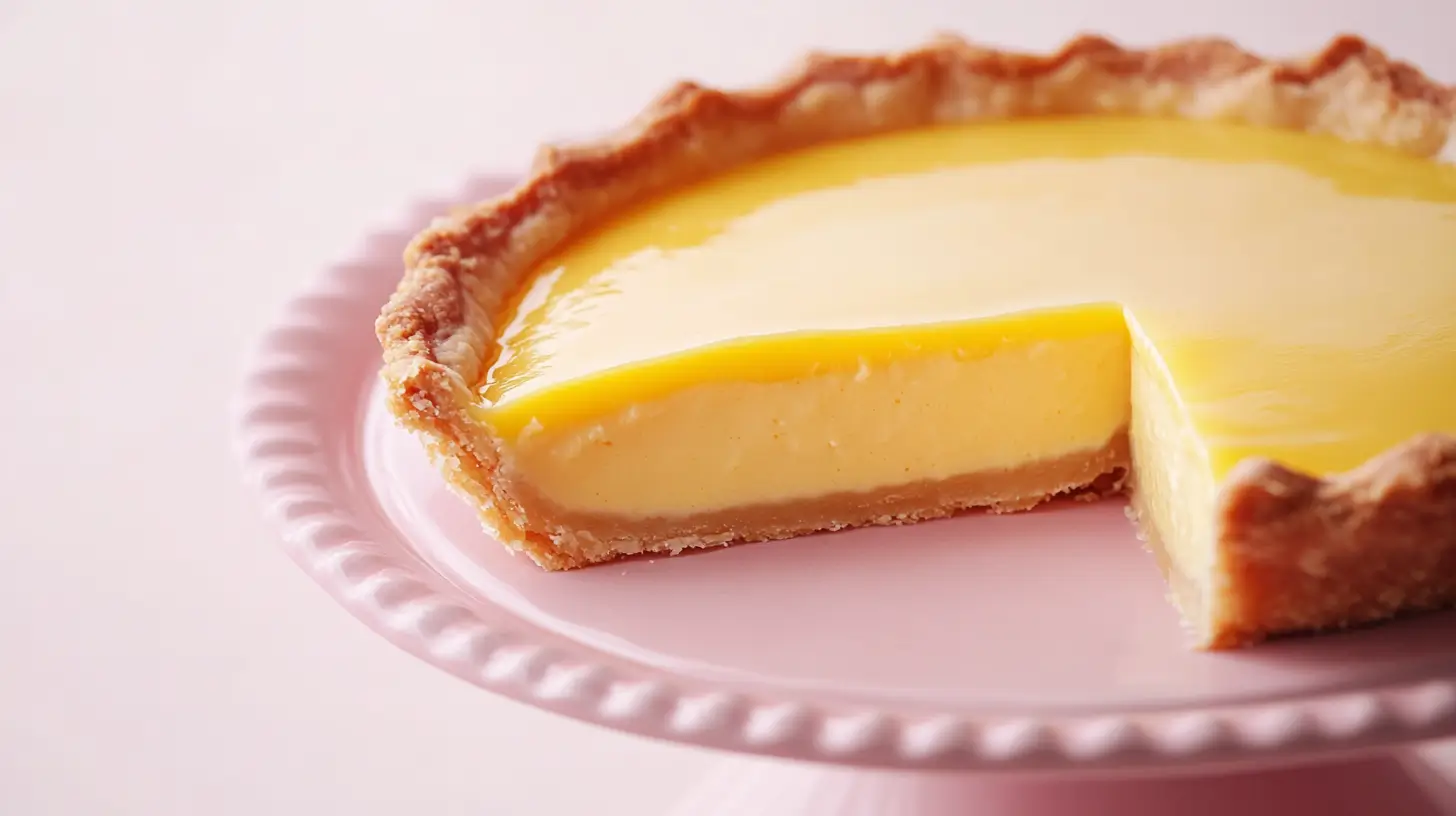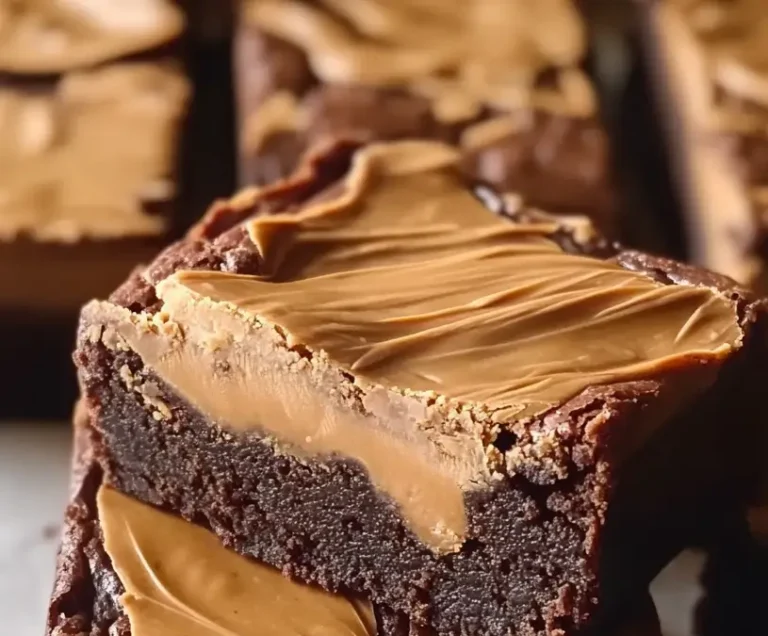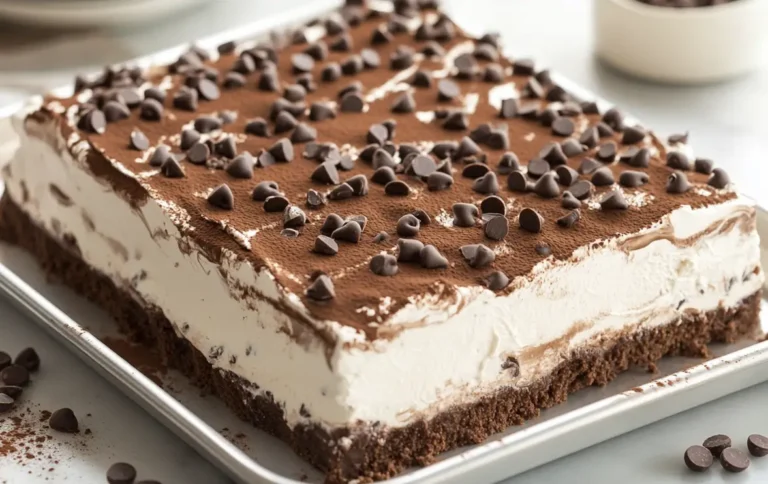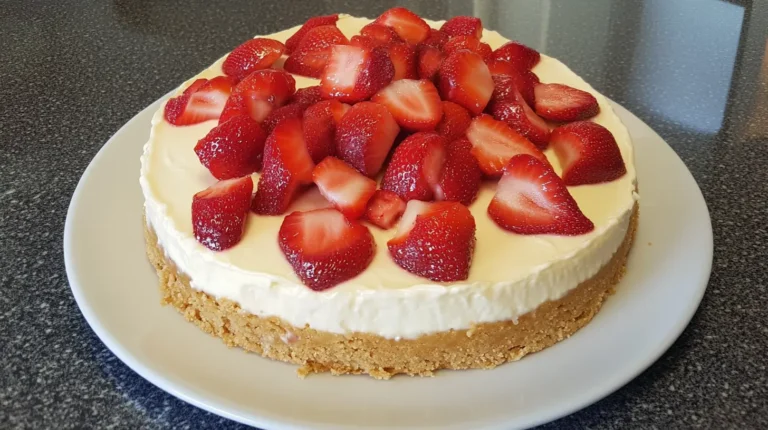World’s Best Lemon Tart in Just 4 Simple Steps
Few desserts strike the perfect balance between tangy and sweet like a classic lemon tart. This French pastry, known as Tarte au Citron, features a buttery shortcrust pastry filled with a smooth, zesty lemon curd. Whether you’re a baking novice or a seasoned pastry chef, this comprehensive guide will walk you through everything—from its rich history to foolproof recipes, expert tips, and creative variations.
The origins of the lemon tart trace back to France, where it became a staple in patisseries. Over time, variations emerged, incorporating meringue, berries, and even gluten-free alternatives. Understanding the science behind perfect lemon curd and mastering French pastry techniques can elevate your baking skills significantly.
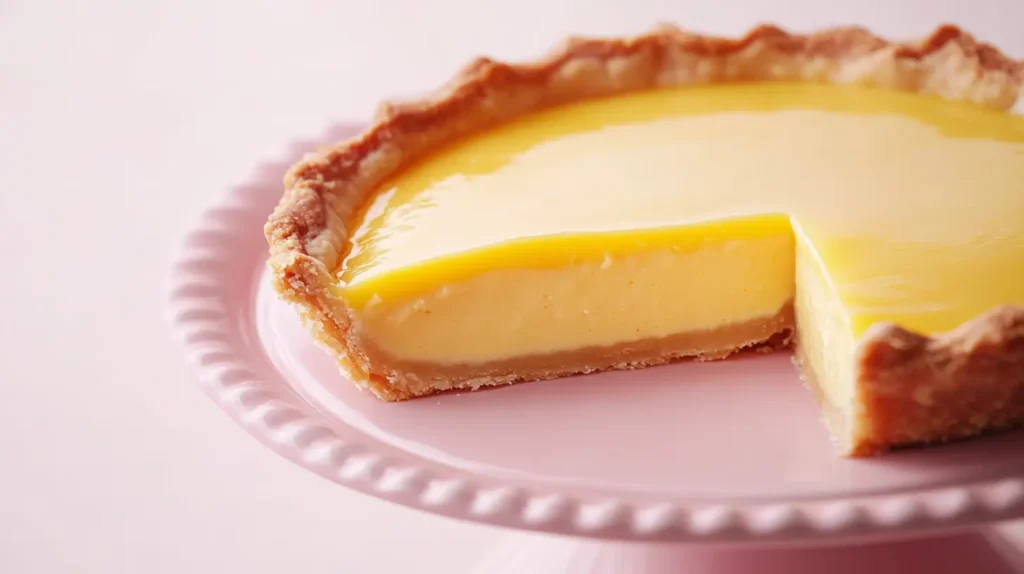
Table of Contents
A Brief History of the Lemon Tart
The lemon tart is deeply rooted in French culinary tradition, dating back to the medieval era when citrus fruits became more accessible in Europe. Here’s a deeper look at its evolution:
- Medieval Origins: Early tarts were often savory, but the introduction of sugar and citrus led to sweet variations.
- 18th-Century France: The modern Tarte au Citron gained prominence in French patisseries, prized for its bright flavor.
- British Adaptation: The English created the lemon curd tart, sometimes served with clotted cream or meringue.
- Global Variations:
- Italy’s crostata di limone features a rustic, free-form crust.
- America’s lemon bars use a shortbread base with a thicker lemon layer.
- Middle Eastern versions often incorporate rose water or pistachios.
Today, this dessert remains beloved for its refreshing taste and elegant presentation, perfect for everything from afternoon tea to formal dinners.
Essential Ingredients for a Perfect Lemon Tart
Using high-quality ingredients is crucial for achieving the best flavor and texture. Here’s what you’ll need:
For the Shortcrust Pastry:
- 200g all-purpose flour (or a 1:1 gluten-free substitute)
- 100g cold unsalted butter, cubed (keeps the crust flaky)
- 50g powdered sugar (finer texture than granulated)
- 1 large egg yolk (adds richness)
- 1-2 tbsp ice water (just enough to bind)
For the Lemon Curd Filling:
- 4-5 fresh lemons (yields ~150ml juice + 2 tbsp zest)
- 150g granulated sugar (adjust to taste)
- 3 large eggs + 1 egg yolk (for a silky texture)
- 100g unsalted butter, diced (added off-heat for smoothness)
Pro Tip:
- Always use fresh lemons—bottled juice lacks vibrant flavor.
- For extra aroma, try Meyer lemons (sweeter and less acidic).
Step-by-Step Classic Lemon Tart Recipe
1. Making the Shortcrust Pastry
- Combine dry ingredients: Pulse flour, butter, and sugar in a food processor until sandy.
- Add wet ingredients: Mix in egg yolk and 1 tbsp ice water; pulse until dough clumps.
- Chill: Wrap in cling film and refrigerate for 30 minutes (prevents shrinkage).
- Blind bake: Roll out, line a tart tin, prick with a fork, and bake at 180°C (350°F) for 15 minutes with weights.
2. Preparing the Lemon Curd Filling
- Zest and juice lemons: Avoid white pith (bitter).
- Whisk ingredients: Combine zest, juice, sugar, and eggs in a saucepan.
- Cook gently: Stir constantly over low heat until thickened (~8 minutes).
- Finish with butter: Remove from heat; whisk in butter until smooth.
3. Assembling and Baking
- Fill the crust: Pour curd into the pre-baked shell.
- Bake again: At 160°C (320°F) for 10-12 minutes until set (jiggles slightly).
- Cool completely: This prevents cracks and ensures clean slices.
4. Decorating Ideas
- Classic: Dust with powdered sugar and garnish with lemon slices.
- Elegant: Top with fresh berries (raspberries, blueberries) or edible flowers.
- Decadent: Pipe Swiss meringue and torch for a golden finish.

Delicious Lemon Tart Variations
1. Meringue-Topped Lemon Tart
- Add a fluffy layer of toasted meringue (3 egg whites + 150g sugar).
- Tip: Use a kitchen torch for even browning.
2. Lemon Raspberry Tart
- Spread raspberry coulis under the curd or scatter fresh berries on top.
3. Vegan Lemon Tart
- Substitute:
- Butter → coconut oil
- Eggs → cornstarch + almond milk
- Crust → almond flour + dates
4. No-Bake Lemon Tart
- Use a digestive biscuit crust and set the filling with agar-agar.
Expert Tips for the Best Lemon Tart
- Avoid a soggy crust: Blind bake thoroughly and brush with egg wash before adding filling.
- Prevent curd from splitting: Stir constantly and never boil.
- Balance sweetness: Taste lemons first—adjust sugar if they’re extra tart.
- For a glossy finish: Strain the curd through a sieve.
Serving and Pairing Suggestions
- Occasions: Afternoon tea, Easter brunch, or a light summer dessert.
- Beverage Pairings:
- Sweet wines: Moscato, Riesling
- Tea: Earl Grey, chamomile
- Cocktails: Limoncello spritz
Storing and Reheating
- Fridge: Up to 3 days (cover with cling film).
- Freezer: Wrap tightly in foil (up to 1 month). Thaw overnight in fridge.
- Reheat: Warm slices at 150°C (300°F) for 5 minutes.
Frequently Asked Questions (FAQs)
Can I use bottled lemon juice?
No—fresh juice is essential for bright flavor.
Why did my lemon tart crack?
Overbaking or sudden temperature changes are likely culprits.
Can I make this gluten-free?
Yes! Use gluten-free flour or a nut-based crust.
What’s the difference between lemon tart and lemon pie?
Tarts have a thinner crust and are typically less sweet than pies.
Final Thoughts
Mastering the lemon tart is a rewarding baking project that combines technique and artistry. With the right ingredients, patience, and attention to detail, you’ll create a dessert that’s both visually stunning and bursting with flavor. Whether you stick to the classic recipe or experiment with variations, this guide ensures success.
For more creative ideas, check out this Belgian Waffle Recipe.
There are no reviews yet. Be the first one to write one.

